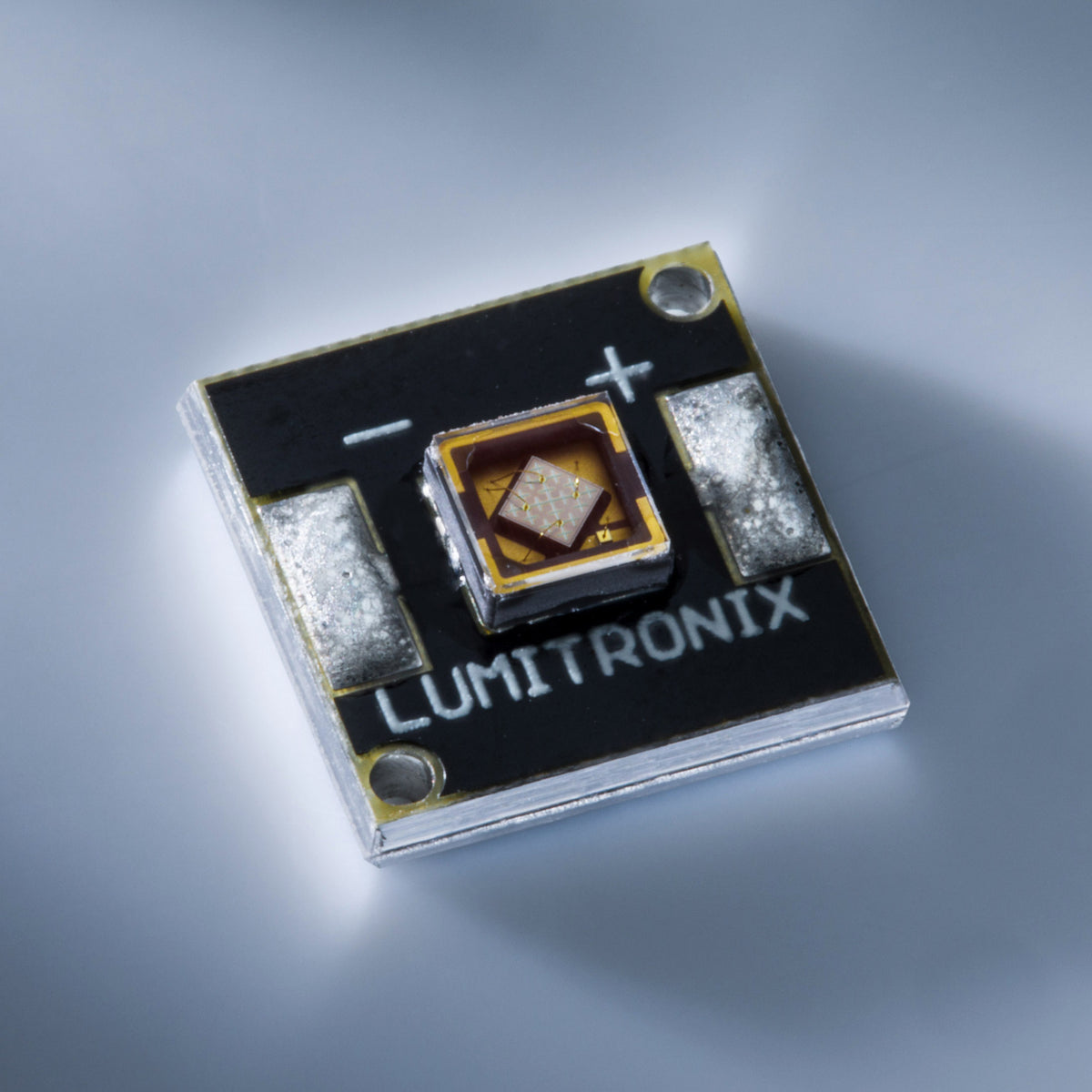I've been using t5 for uv lightly throughout flower and a Lil heavier towards the end, I want to build a led fixture to replace this. From what I've researched, nichia is the best option for uv, I've been looking at a few other options as well but here's what I'm looking at purchasing it'll only take a few,
Nichia NVSU233B SMD-LED UV: ✓Nichia Marke ✓Varianten ohne/mit Platine ✓1400-1730mW, 365-405nm. LEDs.de kaufen.

www.leds.shop
Any other suggestions?
I'd be looking at the Nichia NVSU119 series. They are much cheaper and much more efficient than the glass package 233.
The only issue is they only go down to 375nm (+ 385, 395, 405). We use the 405nm 219 series in our LED panels as the 405 is the only 3535 Nichia UV diode with a three-pad solder pad (anode, cathode and heat pad). The 365nm diodes you're looking at are only 37% efficient, wherease the 119 series are around 65% efficient. The bins we use are around 71% efficient.
We've done a few trials on UVA vs UVB and we're getting better reuslts with higher wavelength UVA for longer periods (405nm for 12 hours). The 405 is also photosynthetic, another reason we use it.
With all that, T5s are still the mot economical way to get UVB and UVA. The problem with UVB is it oxidises cannabinoids at the same time as it stresses the plants into producing more. Our UVB trials actually went backwards in terms of cannabinoids because the UVB was breaking them down faster than the plant was producing them. That was under 6 hours a day. I would only run UVB for around 2-3 hours a day if I was going to use it, but weaker UVA has more advanatges and still produces the same effect.

 www.leds.shop
www.leds.shop

 www.leds.shop
www.leds.shop

